*Mineral elements or nutrients: 16 elements required for plant growth. Elements from air and/or water: C, O, H. Elements from the soil/nutrient solution:
1) Macros: N, P, K, Ca, Mg, S. 2) Micros: Fe, Mn, B, Zn, Cu, Mo, Cl
The 13 essential mineral elements can be obtained in the following compounds:
1) MgSO4*7 H2O (Magnesium Sulfate) 2) H3BO3 (Boric Acid)
3) KH2PO4 (Monopotassium Phosphate) 4) MnCl2*4H2O (Manganous Chloride)
5) KNO3 (Potassium Nitrate) 6) CuCl2*2H2O) (Cupric Chloride)
7) K2SO4 (Potassium Sulfate) 8) MoO3 (Molybdenum trioxide)
9) Ca(NO3)2 (Calcium Nitrate) 10) ZnSO4*7H2O (Zinc Sulfate)
11) Fe 330 – Sequestrene (chelated iron)
1) Macros: N, P, K, Ca, Mg, S. 2) Micros: Fe, Mn, B, Zn, Cu, Mo, Cl
The 13 essential mineral elements can be obtained in the following compounds:
1) MgSO4*7 H2O (Magnesium Sulfate) 2) H3BO3 (Boric Acid)
3) KH2PO4 (Monopotassium Phosphate) 4) MnCl2*4H2O (Manganous Chloride)
5) KNO3 (Potassium Nitrate) 6) CuCl2*2H2O) (Cupric Chloride)
7) K2SO4 (Potassium Sulfate) 8) MoO3 (Molybdenum trioxide)
9) Ca(NO3)2 (Calcium Nitrate) 10) ZnSO4*7H2O (Zinc Sulfate)
11) Fe 330 – Sequestrene (chelated iron)
In solution these compounds dissociate into ionic forms:
- Ex: MgSO4 dissociates into the cation Mg++ and the anion SO4
- Ex: KNO3 dissociates into the cation K+ and the anion NO3-
- Ex: CuCl2*2H2O dissociates into the cation Cu++, the anions 2Cl- plus 2 H2O
*Nutrient interactions: Plants maintain a balance between the cations (positively charged ions) and anions (negatively charged ions) in their cells and tissues. NOTE: In a chemical equation the cations are listed first, then the anions. Plants also maintain a constant sum of cations in their cells and tissues. Therefore, if one cation is increased, it may decrease the uptake of others. Ex: Increasing Mg++ can cause decreases in Ca++ and calcium deficiencies. Ex: Increasing NH4+ (to increase acidity) can cause decreases in Ca++ uptake. Interactions between anions are not as common. Ex: Increasing Cl- can decrease NO3- uptake and visa versa.
Nutrient uptake rates and mobilities: Plant roots take up mineral nutrients at different rates. Ex: NO3-, K+ and Cl- are taken up quickly; Ca+2 and SO4-2 are taken up slowly.
This results in unequal removal of nutrients from the solution. Once in the plant different ions have different mobilities within the plant. Ex: Mobile ions include N, K, P (PO4 -2), Mg and Cl.
Deficiency symptoms for these ions usually appear in the old growth. Slightly mobile ions include S (SO4 -2), Mn and Mo. Deficiency symptoms usually appear in the middle and old growth.
Immobile ions include Ca, B, Zn, Fe and Cu. Deficiency symptoms for these ions usually appear in the new growth. *Recommended nutrient levels (ppm) according to plant species (Agrodynamics):
Deficiency symptoms for these ions usually appear in the old growth. Slightly mobile ions include S (SO4 -2), Mn and Mo. Deficiency symptoms usually appear in the middle and old growth.
Immobile ions include Ca, B, Zn, Fe and Cu. Deficiency symptoms for these ions usually appear in the new growth. *Recommended nutrient levels (ppm) according to plant species (Agrodynamics):
CROP__________N___P____K____Mg____Ca
Tomatoes_______200___50___360___45_____185
Cucumbers______230___40___ 315___42 ____175
Peppers ________175___39____235___28____ 50
*Open (drain to waste) verses Closed (recirculating) systems: In an open system the nutrient solution is only used once on the crop plants. In a closed system the nutrient solution is used then recycled. The solution is analyzed for pH and individual nutrient concentrations.
The solution is then adjusted using acid/base, water and/or nutrients to the appropriate pH and nutrient concentration levels. The solution is also sterilized to control the spread of water-borne pathogens. This can include UV, ozone or other treatments. The solution is then returned to the plants.
The solution is then adjusted using acid/base, water and/or nutrients to the appropriate pH and nutrient concentration levels. The solution is also sterilized to control the spread of water-borne pathogens. This can include UV, ozone or other treatments. The solution is then returned to the plants.























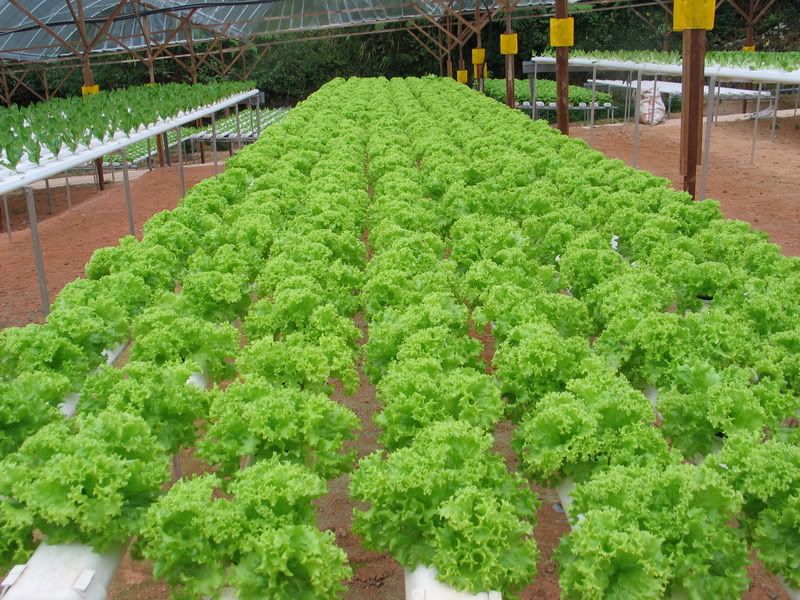
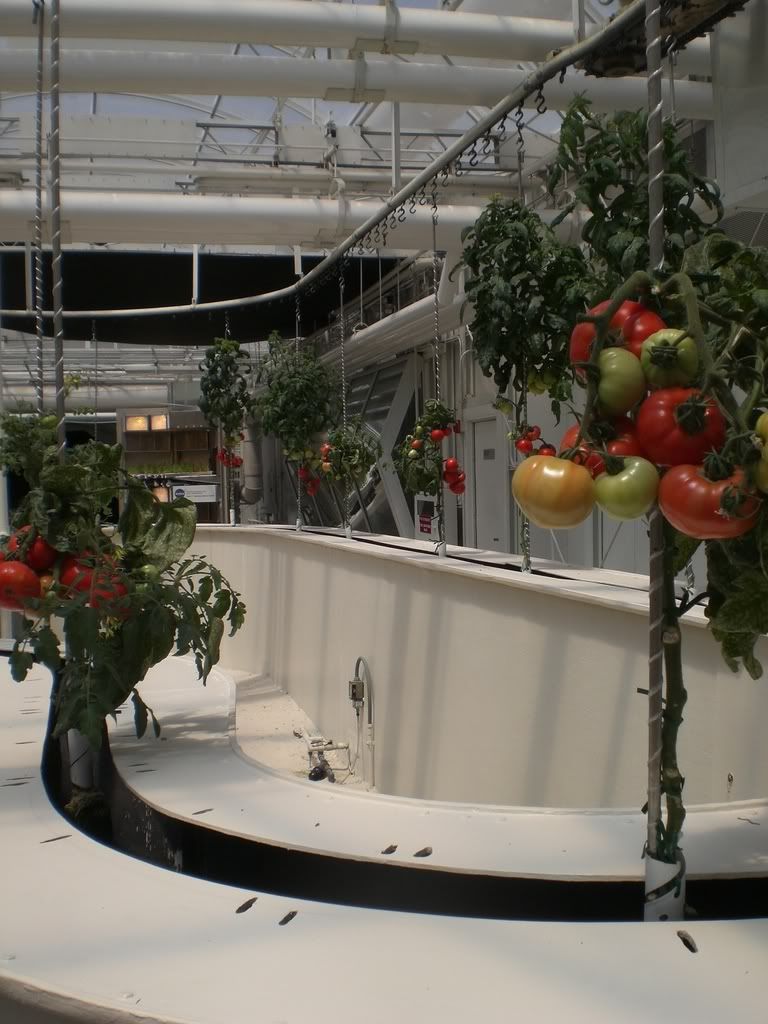
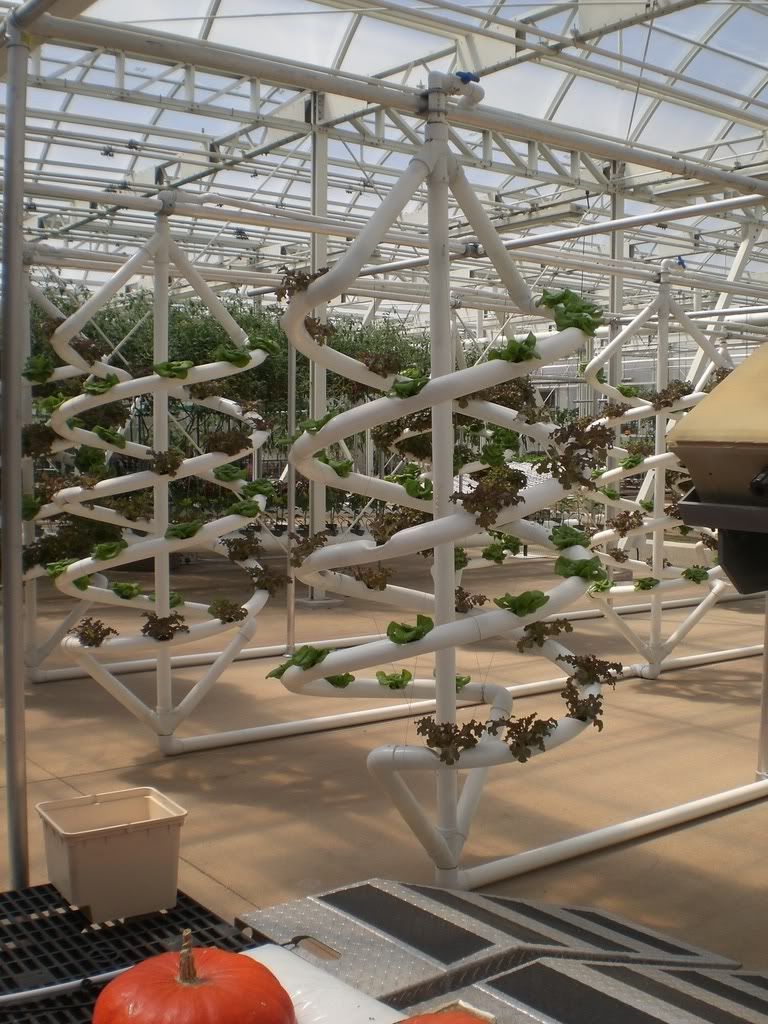
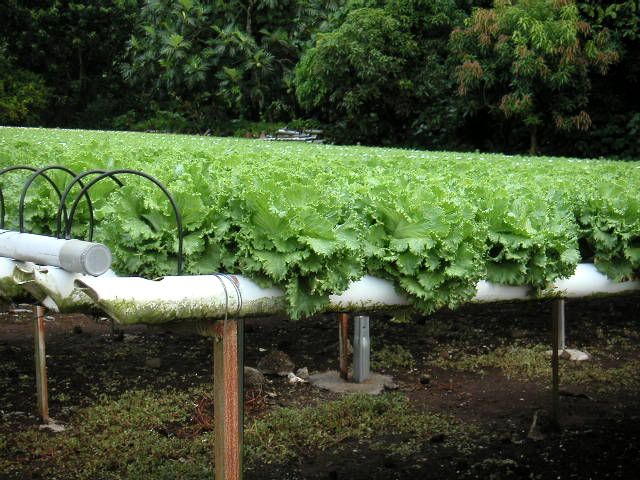
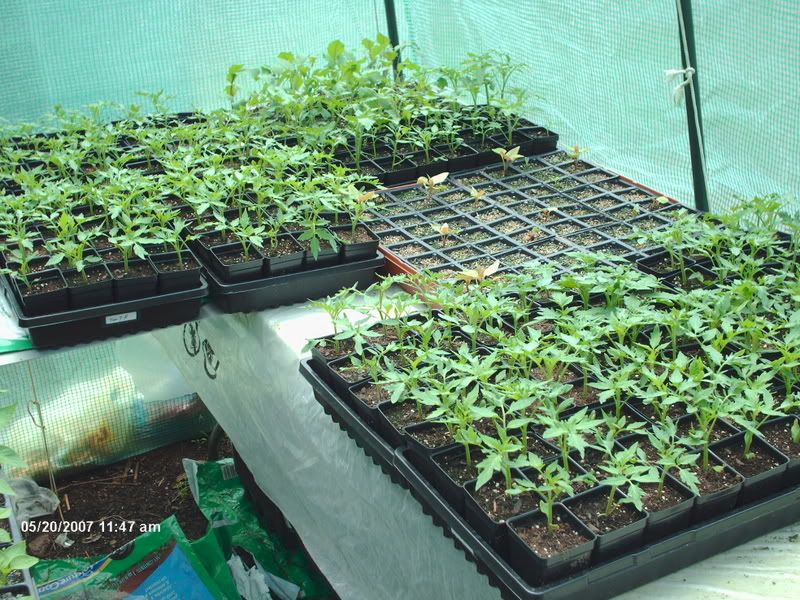
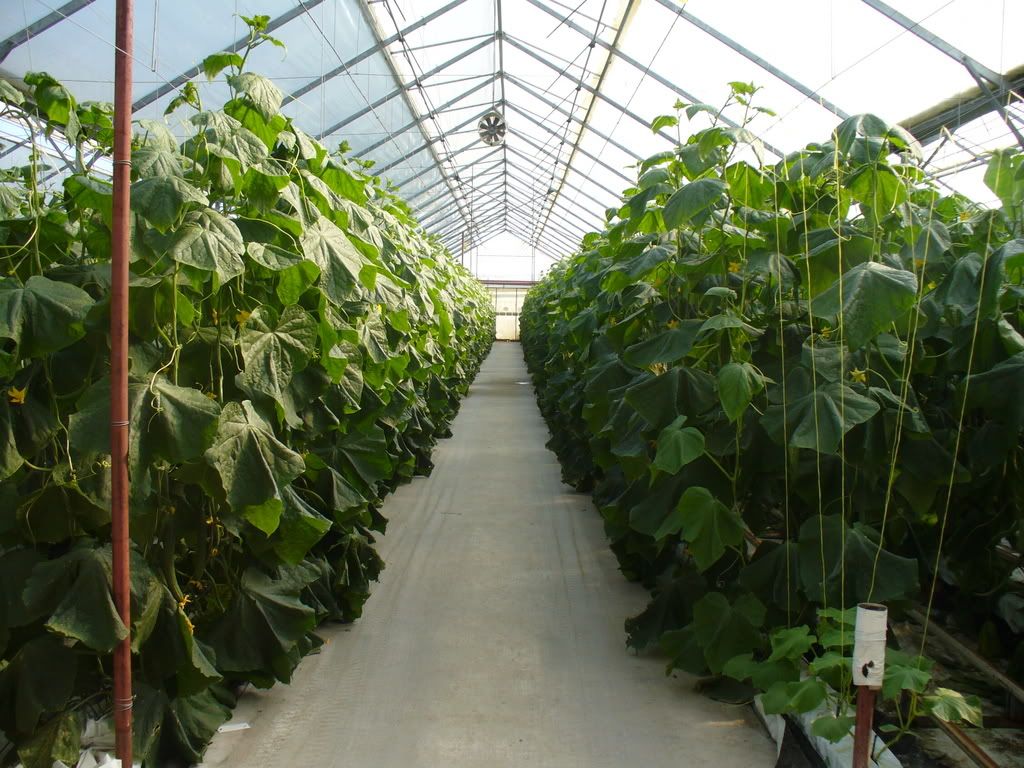
No comments:
Post a Comment